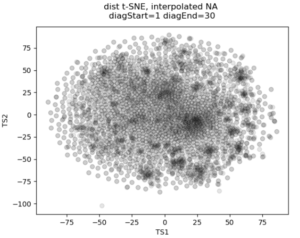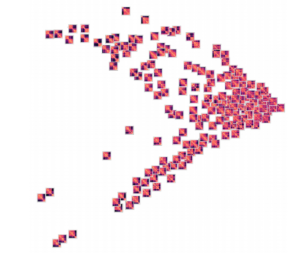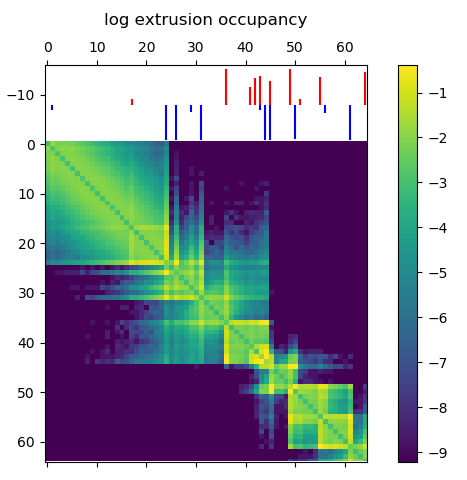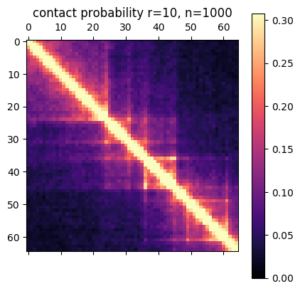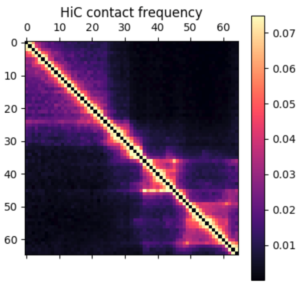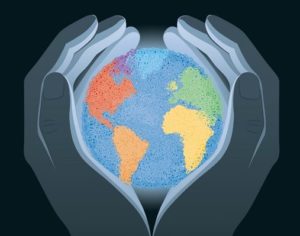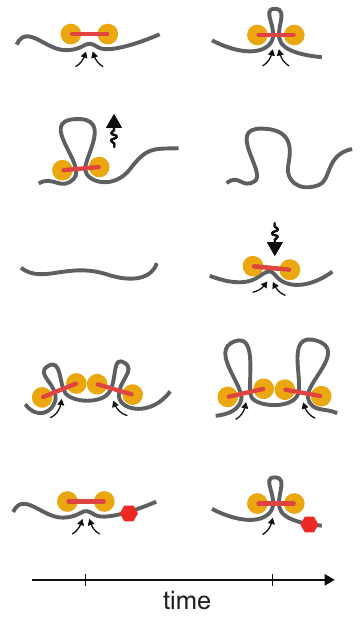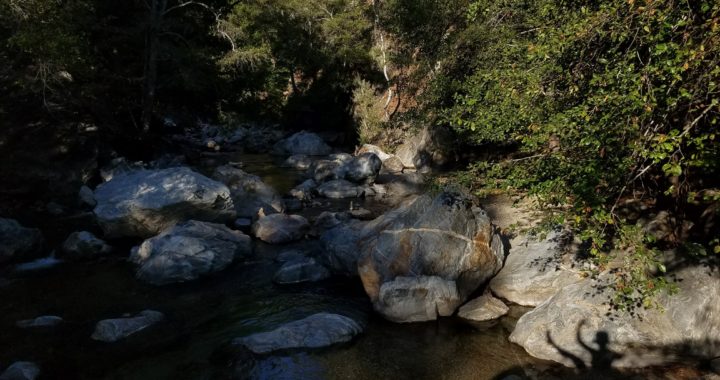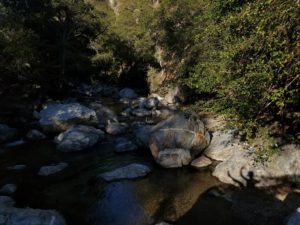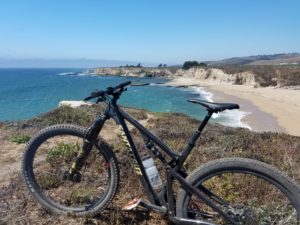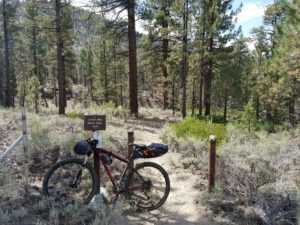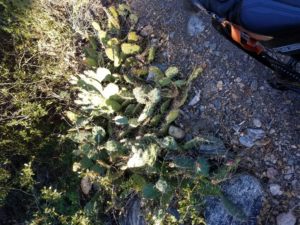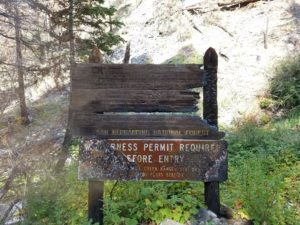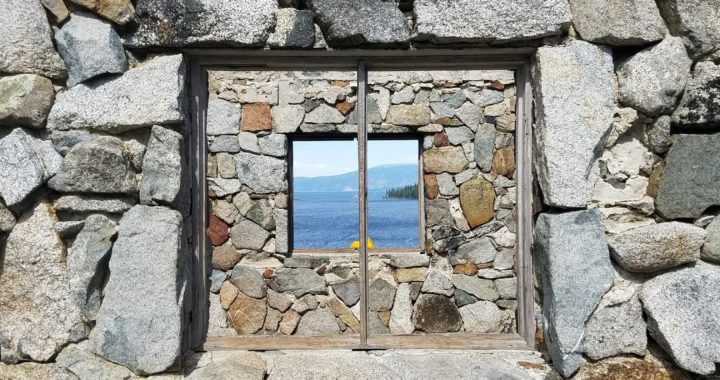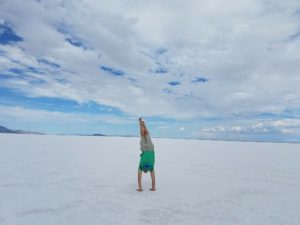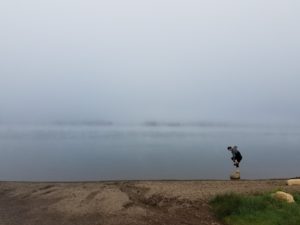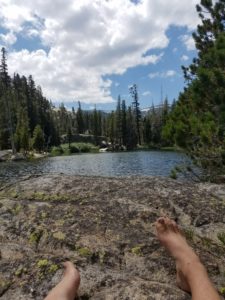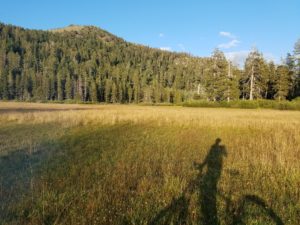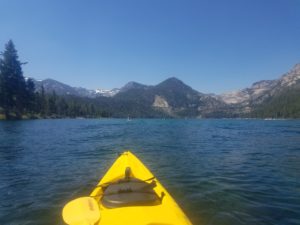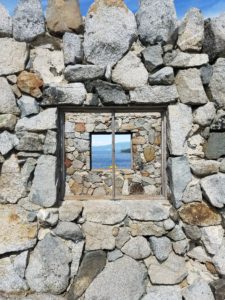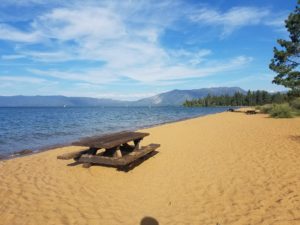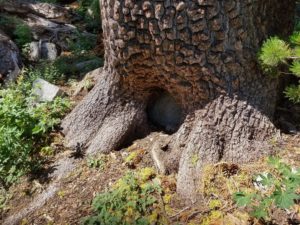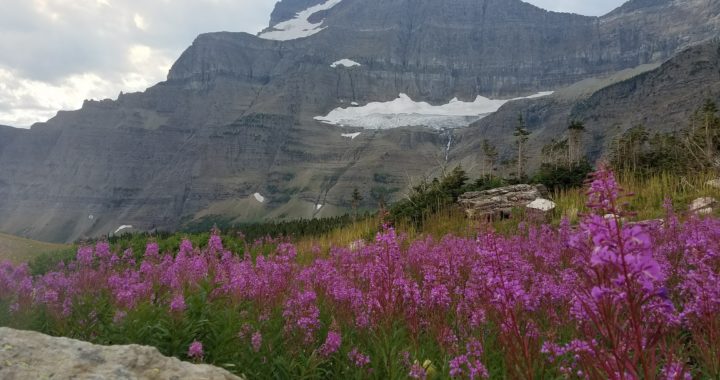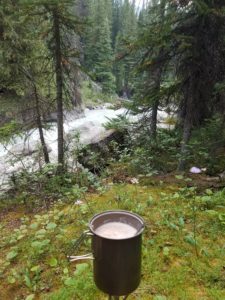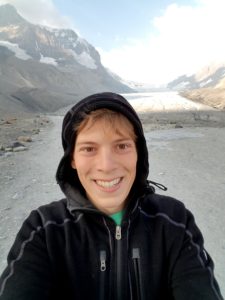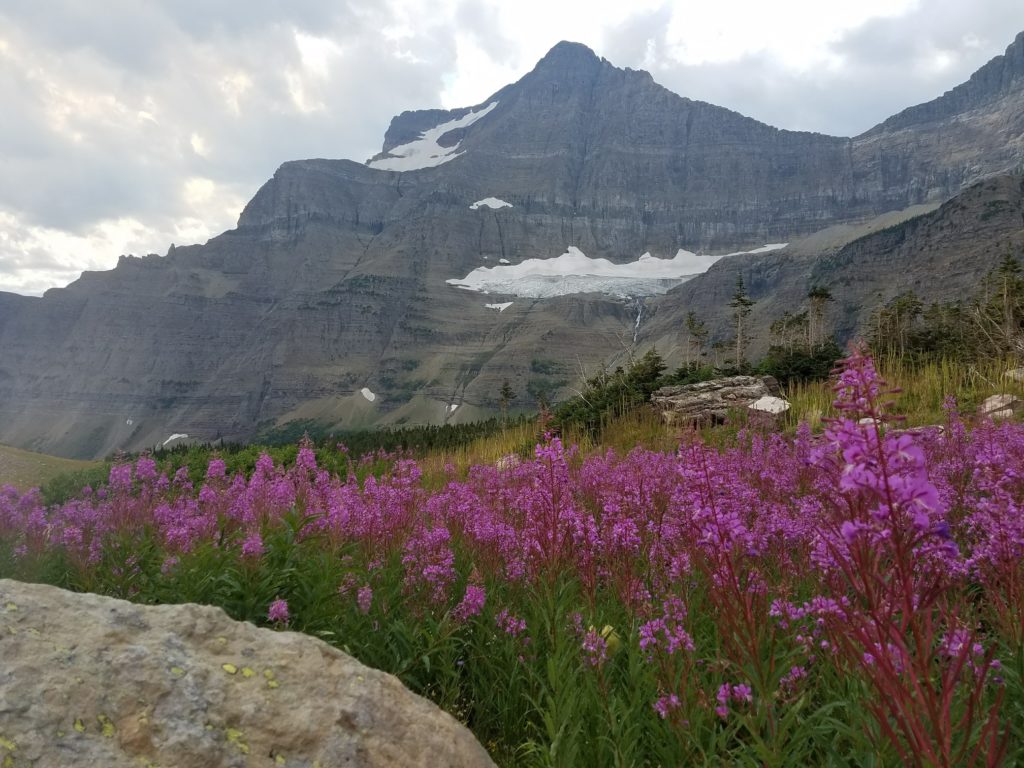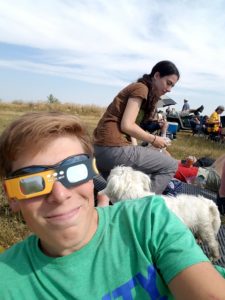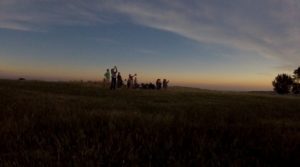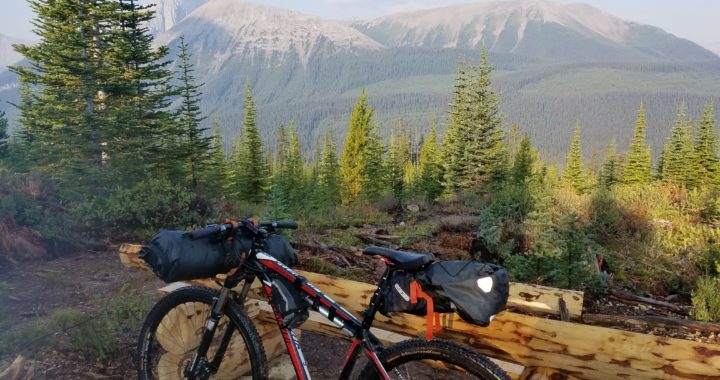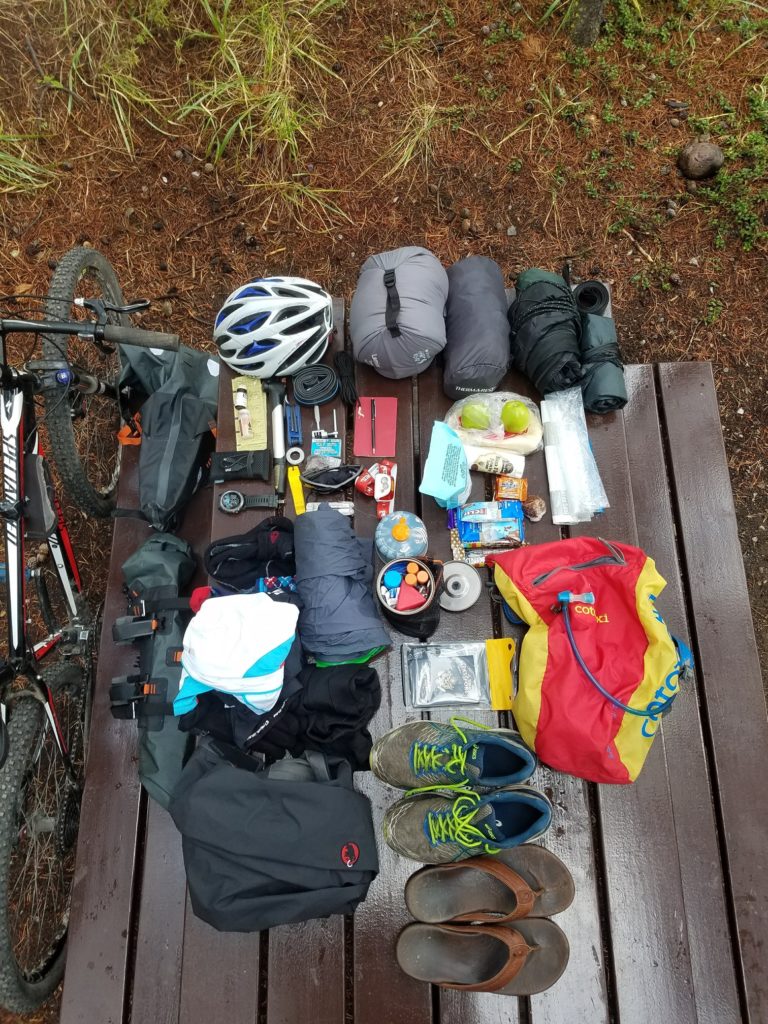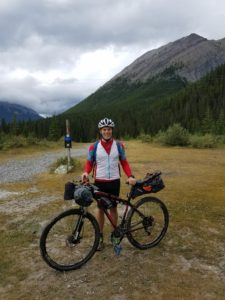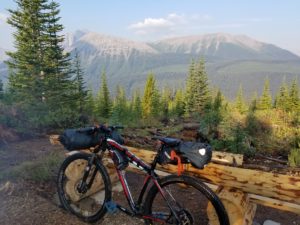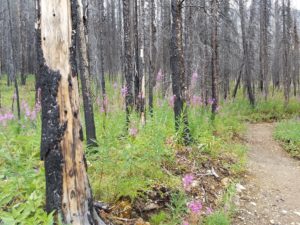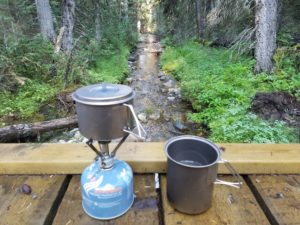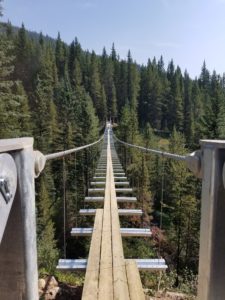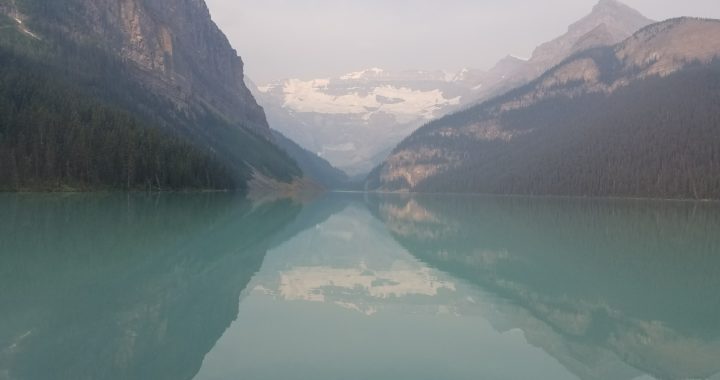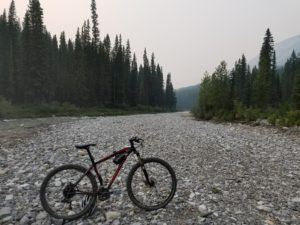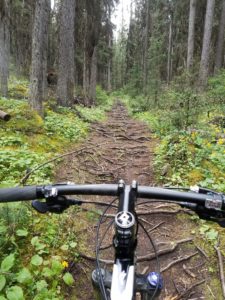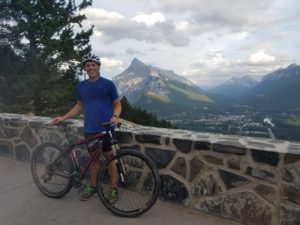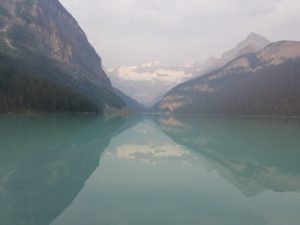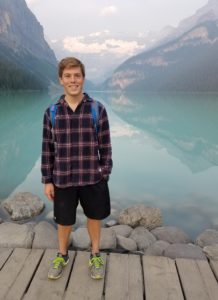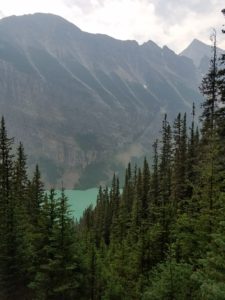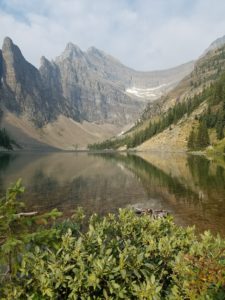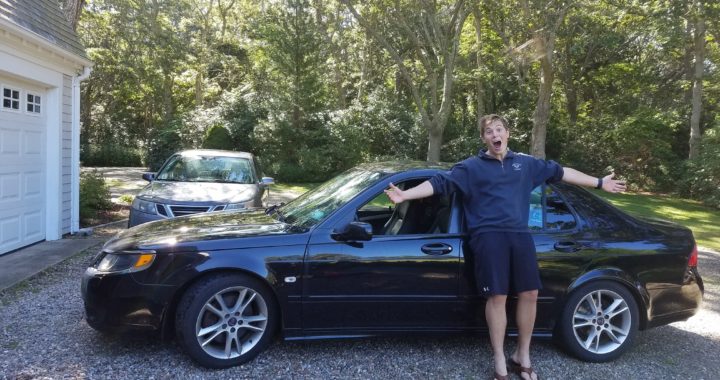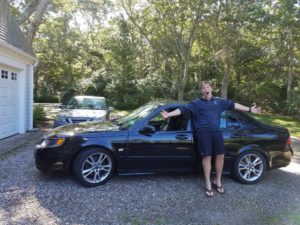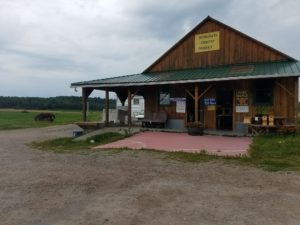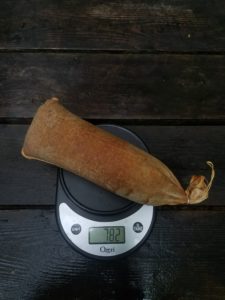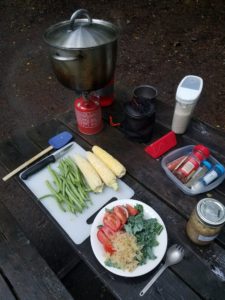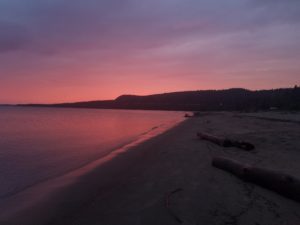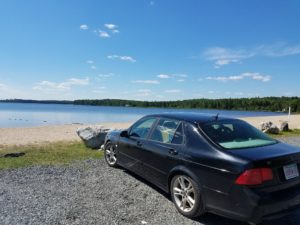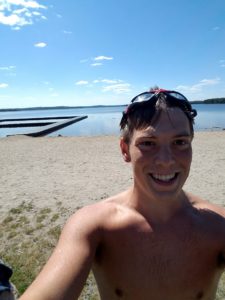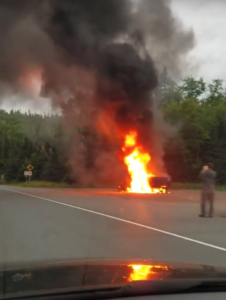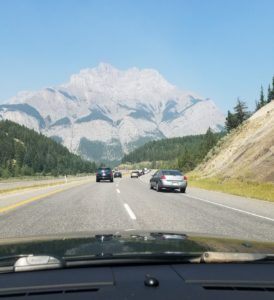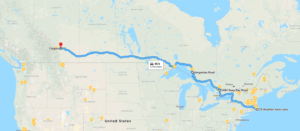My third lab rotation in my first year at Stanford took a different path than most of my previous experience. I came to Stanford expecting to research chromatin structure – 3D conformation, gene expression, functional consequences. My past post history shows this interest undoubtedly, and people in my class even referred to me as the “Chromatin Structure Guy.” However, approaching my third quarter lab rotation I was looking for something a little different. Rotations are a great time to try something new and a research area you’re not experienced in.
I decided to rotate in Dr. Ami Bhatt’s lab. She’s an MD/PhD broadly interested in the human microbiome and its influence on human health. With dual appointments in the departments of Genetics and Hematology, she has great clinical research projects as well. Plus, the lab does interesting method development on new sequencing technologies, DNA extraction protocols and bioinformatics techniques. The microbiome research area is rapidly expanding, as gut microbial composition has been shown to play a role in a huge range of human health conditions, from psychiatry to cancer immunotherapy response. “What a great chance to work on something new for a few months?” I told myself. “I can always go back to a chromatin lab after the rotation is over”
I never thought I would find the research so interesting, and like the lab so much.
So, I joined a poop lab. I’ll let that one sink in. We work with stool samples so much that we have to make light of it. Stool jokes are commonplace, even encouraged, in lab meeting presentations. Everyone in the lab is required to make their own “poo-moji” after they join.

My poo-moji. What a likeness!
I did my inaugural microbial DNA extraction from stool samples last week. I was expecting worse; it didn’t smell nearly as bad as I expected. Still, running this protocol always has me thinking about the potential for things to end very badly:
- Place frozen stool in buffer
- Heat to 85 degrees C
- Vortex violently for 1 minute
- ….
Yes, we have tubes full of liquid poo, heated to nearly boiling temperature, shaking about violently on the bench! You can bet I made sure those caps were on tight.
Jokes aside, my interest in this field continues to grow the more I read about the microbiome. As a start, here are some of the genomics and methods topics I find interesting at the moment:
- Metagenomic binning. Metagenomics often centers around working on organisms without a reference genome – maybe the organism has never been sequenced before, or it has diverged so much from a reference that it’s essentially useless. Without aligning to a reference sequence, how can we cluster contigs assembled from a metagenomic sequencing experiment such that a cluster likely represents a single organism?
- Linked reads, which provide long-range information to a typical short read genome sequencing dataset. They can massively aid in assembly and recovery of complete genomes from a metagenome.
- k-mer analysis. How can short sequences of DNA be used to quickly classify a sequencing read, or determine if a particular organism is in a metagenomic sample? This hearkens to some research I did in undergrad on tetranucleotide usage in bacteriophage genomes. Maybe this field isn’t too foreign after all!
On the biological side, there’s almost too much to list. It seems like the microbiome plays a role in every bodily process involving metabolism or the immune system. Yes, that’s basically everything. For a start:
- Establishment of the microbiome. A newborn’s immune system has to tolerate microbes in the gut without mounting an immune overreaction, but also has to prevent pathogenic organisms from taking hold. The delicate interplay between these processes, and how the balance is maintained, is very interesting to me.
- The microbiome’s role in cancer immunotherapy. Mice without a microbiome respond poorly to cancer immunotherapy, and the efficacy of treatment can reliably be altered with antibiotics. Although researchers have shown certain bacterial groups are associated with better or worse outcomes in patients, I’d really like to move this research beyond correlative analysis.
- Fecal microbial transplants (FMT) for Clostridium difficile infection. FMT is one of the most effective ways to treat C. difficile, a infection typically acquired in hospitals and nursing homes that costs tens of thousands of lives per year. Transferring microbes from a healthy donor to a infected patient is one of the best treatments, but we’re not sure of the specifics of how it works. Which microbes are necessary and sufficient to displace C. diff? Attempts to engineer a curative community of bacteria by selecting individual strains have failed, can we do better by comparing simplified microbial communities from a stool donor?
Honestly, it feels great to be done with rotations and to have a decided lab “home.” With the first year of graduate school almost over, I can now spend my time in more focused research and avoid classes for the time being. More microbiome posts to come soon!

